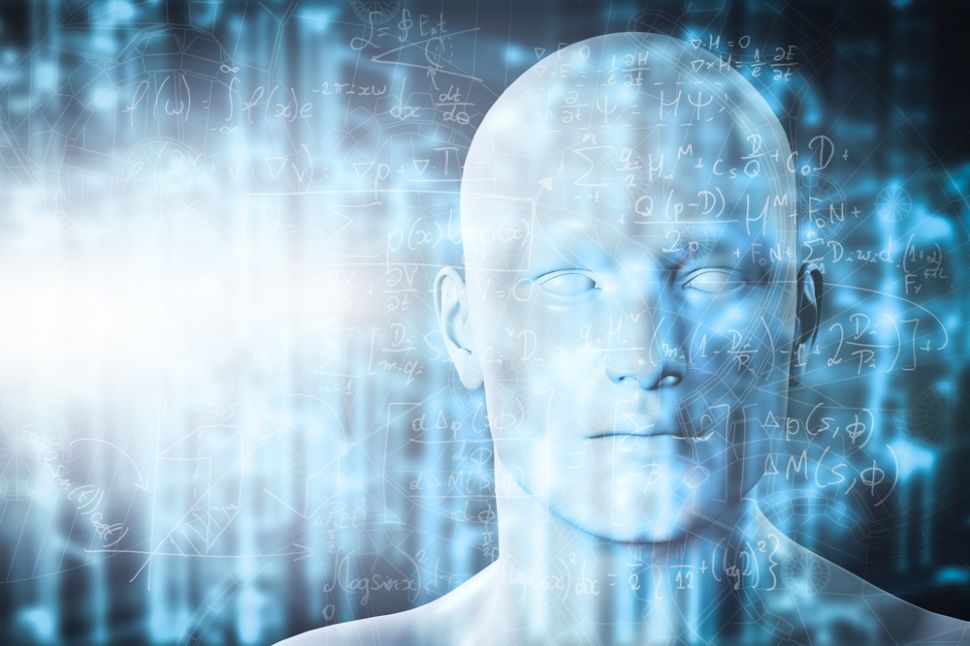What’s good for diversity is good for AI
AI presents risks but also opportunities to augment D&I

Technology has long served as an access point for information. At its best, technology improves the way we communicate, learn and think. It democratizes access to information.
More recently, technology has been an important instrument in propelling diversity. Diversity and inclusion (D&I) for most businesses has often centered around workforce representation. The scope of diversity was limited to talent acquisition and the enrichment of workplace culture. As D&I evolved, so too has its scope. Many organizations are leveraging technology to innovate, educate, hire and equitably pay staff as part of its D&I efforts. Products are being developed with consultation from diversity offices, where consideration for inclusive uses of these solutions are being made. More thoughtful examinations are applied to these solutions based on the diverse users’ native language, their physical and mental abilities, even their ethnicity.
Calvin Crosslin is VP of Human Resources and Chief Diversity Officer for Lenovo.
The next frontier
The next frontier for technology, artificial intelligence (AI), has officially entered the mainstream. With generative AI chatbots like ChatGPT, anyone can now write a query which returns lifelike text, images, or even computer code. It takes reservoirs of knowledge and information and collates this information into readily accessible outputs.
Any technology that wields this level of influence has the risk of damaging effects. AI skeptics claim the technology is only as good as the inputs from which these tools generate its responses. There is risk that the technology’s assertions and the inherent authority that the technology carries can perpetuate misinformation and bias. And while AI excels in well-defined queries with fixed parameters, potential issues arise when we rely on AI to inform more complex and nuanced scenarios.
Diversity
Diversity is something that AI will need to confront. Inherently, diversity is measured by the inclusion of a range of perspectives from different social, ethnic, gendered backgrounds. How can this be reconciled when users seek fixed answers to queries that don’t leave room for such interpretation or examination?
With AI we have an opportunity to promote diversity, rather than impede its progress. One way to begin this process is establishing protocols that ensure the inclusion of diverse perspectives into the data set of information from which AI resources, such as ChatGPT, generates outputs. Much like Lenovo’s product diversity offices that weigh-in on technology design and accessibility, AI would benefit from such rigor and intention.
Greater diversity within the field of artificial intelligence is also critical. The World Economic Forum’s Global Gender Gap Report 2022 revealed that just 24 percent of those working in the technology sector are women, while the Artificial Intelligence Index Report 2021 reported that of all new AI PhDs, only 2.4 percent were Black or African American and 3.2 percent were Hispanic. Pushing for diverse representation in technology, and AI specifically, remains an important consideration to ensure the inputs are representative of all perspectives.
Sign up to the TechRadar Pro newsletter to get all the top news, opinion, features and guidance your business needs to succeed!
AI has the potential to transform how we use technology and even how our world fundamentally operates. Like any technology, however, it is important to understand the possibilities as well as the limitations of its use. Leaving AI with unfettered authority is problematic. As AI becomes smarter, we must refrain from blindly trusting its conclusions and be critical of its outputs and the sources from which it extracts responses. We must examine the inputs of these tools to ensure that when results are generated, they pull outputs from a comprehensive and diverse library of information.
Calvin Crosslin is is VP of Human Resources and Chief Diversity Officer for Lenovo & President of the Lenovo Foundation.